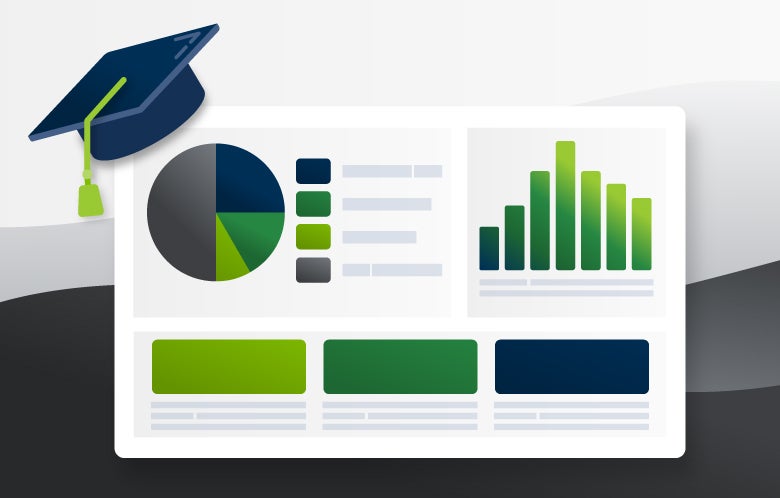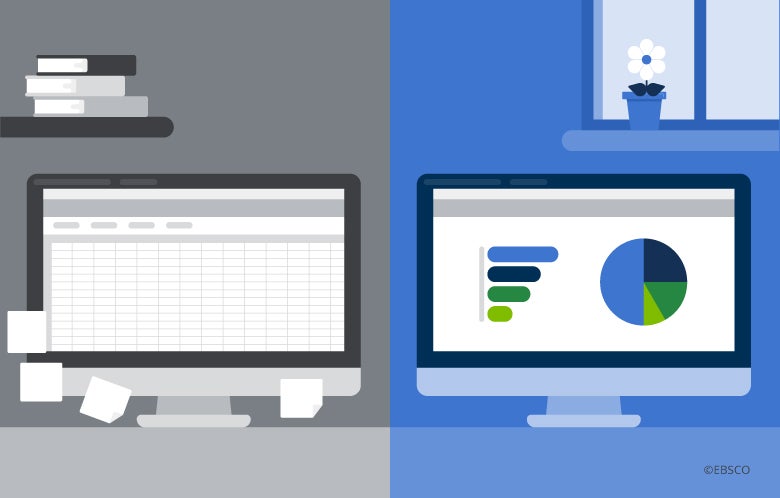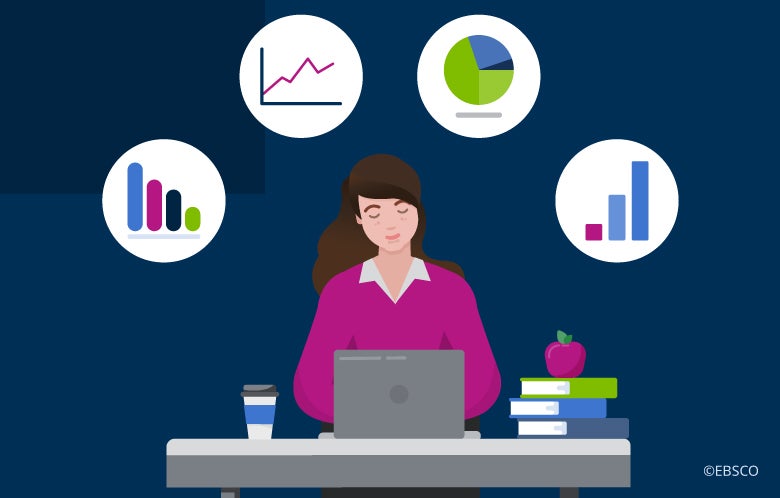Your library has always been under pressure to demonstrate its value and contribution to the success of the overall academic mission. And it is no secret that there are multiple reports and studies that find a link between library usage and improved information literacy skills, as well as increased academic success with undergraduates. But libraries cannot rely on third party information alone to build a proper case. Advanced platform tools that accurately show correlation between library analytics and student success is now a mission-critical need.
Desperate with Disparate Data
The problem with connecting library analytics to student success starts with the time-consuming effort of harvesting data from siloed platforms. Take the example of collection development, for most library collections, data needs are vast and broad. Collection development is an all-encompassing effort that spans not just a variety of content types but also content that is owned, purchased or lent via interlibrary loan. Collection development librarians need data not only on collections owned and accessed, but also collections that are not owned, but that lead to student success. How can librarians aggregate these analytics into one view, and how can this be done at scale? Investing in a library analytics platform to streamline data into a single access point allows for collection development staff to select items to cut or find areas of development that may have otherwise been missed. A better developed collection leads to greater usage and increased student success.
Evidence-Based Evaluations
Optimizing purchasing decisions and proving the value of the library is exceptionally important. But this “value” conversation needs to go beyond more than usage. It needs to tell a story about who is accessing and using library materials and where. With remote learning on the rise and fewer students in your physical library, having library analytics that allow you to drill down into areas of study and authentication information creates the opportunity to spot trends and tells a more in-depth usage story. This aids in interdepartmental conversations with faculty and institutional stakeholders and paints a clearer connection between library analytics, usage and student success.
Move the Manual
Traditional library analytics have often relied on manual processes to pull data, offline worksheets to store data, and library staff to combine data sets and analyze data. This is often a lengthy process, one that cuts into valuable time. Connecting data to student usage is just another complicated layer in a manual process, and yet proper data analysis is a huge foundational component of the library-student connection. The alternative to manual processes is cloud-hosted data services. Cloud storage eliminates the manual process of storing and downloading data and frees up efforts for the librarian and IT staff. When libraries can securely store data in a cloud environment, it creates the opportunity to have anytime access to easily available and accurate information.
The role of the library is constantly evolving, and the analytics that support its mission and influence over student success should reflect this evolution. Learn more about how Panorama analytics from EBSCO can help build a better connection between library data and student success.



